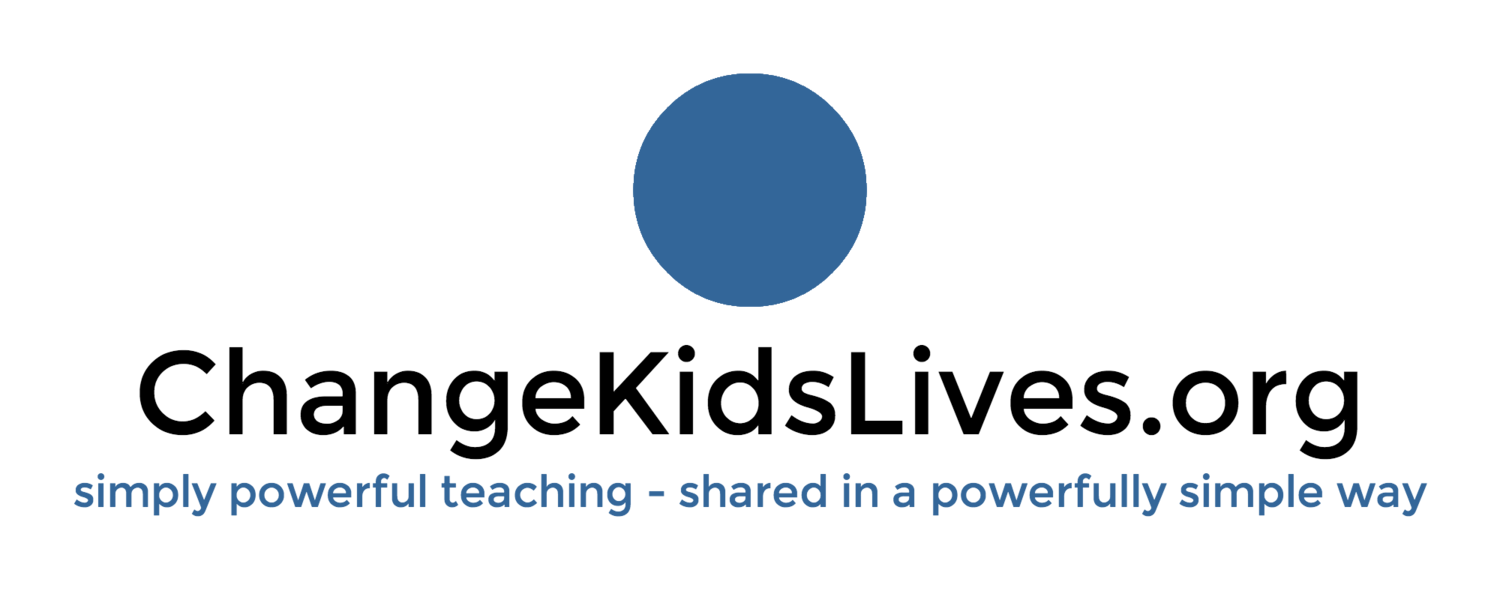Are We Teaching Responsibility Or Just Obedience?
simple truth:
A great teacher's impact lasts long after students leave the classroom.
We all want a well-run classroom. Smooth transitions, active and appropriate student interaction, and learners who are focussed on their academic activities. Seems great in theory, doesn't it? We know that on most days, this may not be our reality. Disruptions can be a constant. Student behaviors can vary morning to afternoon, even subject to subject. As teachers, we make a philosophical decision, conscious or not, on how to approach our classrooms. We either focus our time teaching students to be responsible, or we spend our time reinforcing them to just be obedient. What's the difference?
research tells us:
While we may hear obedience and responsibility used interchangeably, there are some major differences that can impact the culture of our classrooms. We teach responsibility when we provide students the space to make mistakes. And then together, collaborate on how we can avoid the mistake in the future. This collaboration is where the powerful learning takes place and enhances the students' ownership in their own thinking. Research suggests that when students feel ownership, their learning and levels of persistence can increase. When we teach responsibility, students are better equipped on how to deal with adversity when they leave our classroom. However, we reinforce obedience when we redirect individuals consistently without explaining the reasons why. Are students simply reacting to our words, rather than thinking them through? If so, little learning takes place inside the classroom, and they have few tools on how to be responsible once they leave our classrooms as well.
try this:
When providing student feedback, be sure that we explain our reasoning why
Be deliberate in designing learning experiences that allow students to make choices in their content, process, product, or learning environment
Provide students space to make mistakes, as we often learn best from our mistakes
When students make mistakes, meet with them individually and provide academic or social tools to grow in their future actions
Be sure that students feel ownership in their classroom by having them provide input in classroom rules and expectations
Take a tally of how many choices we provide students during an academic day to gauge our areas of growth
review & share this:
For additional reading and referenced research, click here.


